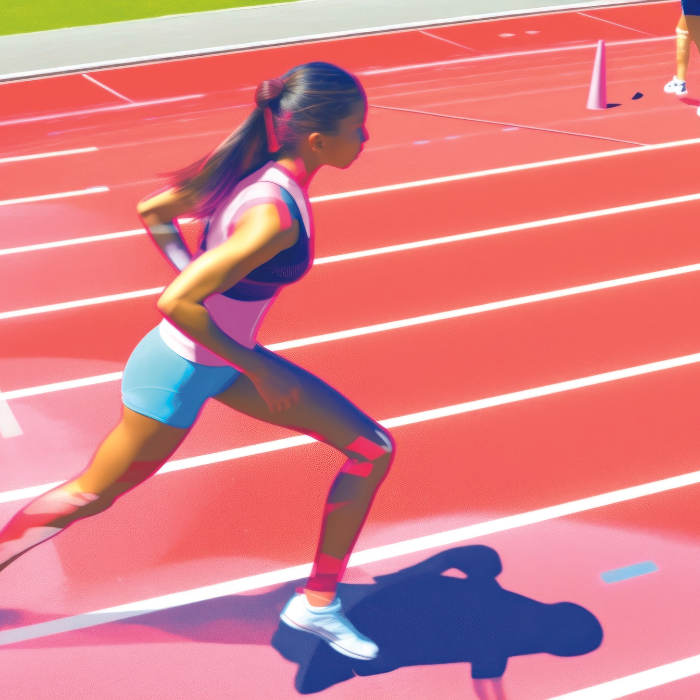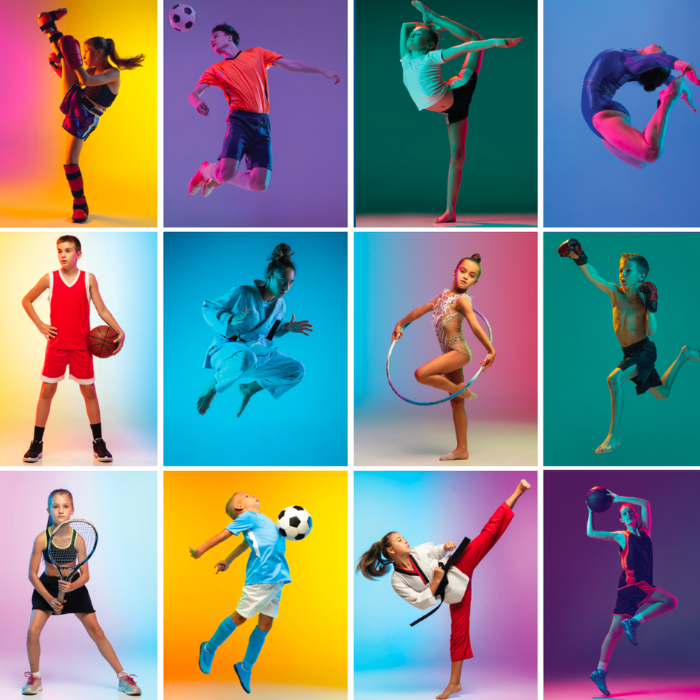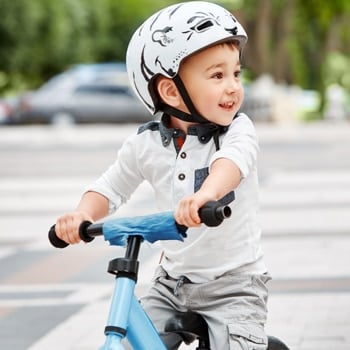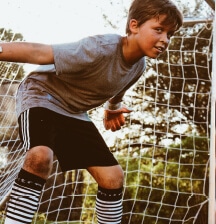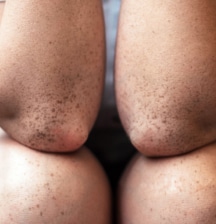
It’s important for children to develop the skills, confidence, and love of movement they need for an active lifestyle now and later in life.
Physical literacy is not just about movement skills, but is also about how the brain and body are connected, and helps children use movement to develop intellectually, emotionally, socially, and spiritually. In your child’s early years, developing physical literacy is all about playing with your child. Children learn through play, and their bodies learn this way too. You don’t need to be a physical education teacher or have any special equipment or training to help build your child’s physical literacy. Actually, encouraging physical literacy in babies and young children is quite fun!
Babies (age 0-2)
For babies, physical literacy is about developing basic motor skills and using movement to explore their world. Rolling, crawling, and grasping are all the forerunners of physical
literacy, and it’s your job as a parent to stimulate and encourage age appropriate movement in the right ways as your baby grows. Here are things that you can do to encourage your baby. Remember, these ideas are guidelines, and you should do activities that make your baby happy. Hold a toy in front of your baby so they can practise grasping. Give your baby tummy time regularly. Place toys on the floor around your baby to encourage reaching/crawling. Play games like Incy-Wincy Spider and Round and Round the Garden.
When your baby can sit, place toys just out of their reach to encourage them to reach and move toward them. When your baby can take a few steps, try push-and-pull toys like a doll pram, block wagon, or toy shopping trolley. Sit across from your baby and roll a ball back and forth.
Toddlers (age 2-4)
For toddlers, physical literacy is about developing their skills and confidence through movement and having fun learning running, throwing, catching, and kicking. This is also a good time to introduce swimming. Visit your local playgrounds and reserves where there are open spaces to run. Play running games like chasing a ball or one another, or play tiggy.
Play catch with soft balls, or support your child to throw a ball into a large tub, washing basket, or bucket. Help your child develop their kicking skills using a large, lightweight ball like a beach ball. Check out your local swimming pool to find out about toddler swimming lessons. Some Councils offer free swimming lessons for young children.
Preschoolers (age 4-6)
By the time your child is around age four, their basic movement confidence should be well-developed, and they will be also be developing skills like hopping, jumping, skipping, and balancing. They’ll be using physical activity to develop their language, make friends, and learn more about who they are. This is also a good time to introduce cycling and skating.
Play games that combine two skills, like running and kicking a ball. Now is a good time to look at introductory sports programmes like football or rugby. Play throwing and catching games at home using soft balls, and kicking games with larger balls. Play hopscotch or hop on one foot to a goal, then switch to the other foot and hop back to the beginning. Jump rope is another good option. Skipping and galloping combine balance, rhythm, and coordination. Riding a bike is an important skill that builds balance and coordination, so now is a good time to start with a balance bike or a bike with training wheels. Don’t forget the bike helmet!
Why is physical literacy so important nowadays?
Children are spending more time inside, sitting in front of screens, and not always getting enough time out-of-doors engaging in active play. So it’s critical we encourage our children to become physically literate, because these skills build on themselves, encourage brain development, set children up for an active future, and take advantage of the joy and wellbeing that results.
This story was originally published in BESTSTART QUARTERLY, the OFFICIAL MAGAZINE of BESTSTART EDUCARE. Image at top: Kau’i Wihongi




